For 8 centuries, the Saint-Chapelle (Holy Chapel) has amazed Parisians! Built at the request of Saint Louis to house the relics of the Passion of Christ, the Sainte-Chapelle stands out in particular for its marvellous stained glass windows. Let’s discover the eventful history of this fascinating monument.
Summary
The acquisition of the Holy Relics by Saint Louis
From 1239, the very believer Louis IX, known as Saint Louis, began to acquire the Holy Relics of Christ. At first, he bought the Holy Crown at a golden price: 135,000 tournois pounds, that was more than half of the annual income of the royal estate! Two years later, in 1241, he bought a piece of the True Cross and seven relics of the Passion of Christ and, the following year, the Holy Spear and the Holy Sponge.
These acquisitions increased the prestige of France and Paris, which became the capital of Christianity and was perceived as the New Jerusalem.
To affirm the sacred link between the crown and the relics, Saint Louis chose to store them in the royal residence: the Palais de la Cité. In order to venerate the relics as they should be, the King decided to have a chapel built within the Palace, conceived as a true reliquary: thus was born the Holy Chapel, which was built between 1241 and 1248. Its construction cost 40,000 livres tournois, an already substantial sum but which remains very little compared to the price of the relics: as marvellous as it is, the Sainte-Chapelle is “only” a showcase for the latter.
What is a Sainte Chapelle?
In addition to the one in Paris, there are about ten holy chapels in France (such as in Vincennes or Châteaudun). A holy chapel is recognized when it combines the following five criteria:
- it was founded by Saint Louis or one of his descendants,
- it sheltered a relic detached from the holy relics of the Sainte-Chapelle de Paris (a piece of the Crown of Thorns or True Cross),
- it is the chapel of a royal or princely castle,
- its architecture follows the plan of the Sainte-Chapelle de Paris,
- services are celebrated by canons every 3 hours, as in Paris.
Visit of the Paris Sainte-Chapelle
Two superimposed chapels make up the Sainte-Chapelle: the lower chapel for the palace staff and the upper chapel where the relics were presented, with access reserved for the King and his family and the college of canons in charge of the services.
The lower chapel
The lower chapel, which is not very high and poorly lit, looks like a crypt. Two colonnades, charged with supporting the high chapel, served as an ambulatory.
The lower chapel has suffered from floods over the centuries and was used as a grain store during the Revolution. So much so that the current decoration is largely a reconstruction of the 13th century, carried out without ancient sources and therefore probably different from what could be seen at the origin. Nevertheless, this polychrome decoration is sumptuous. The vaults are covered with fleur-de-lys, the emblem of the kings of France, on an azure background with purple outlines reminiscent of the arms of Blanche of Castile, mother of Saint Louis.
At the back of the lower chapel, in the apse, a statue of Saint Louis dominates the room.
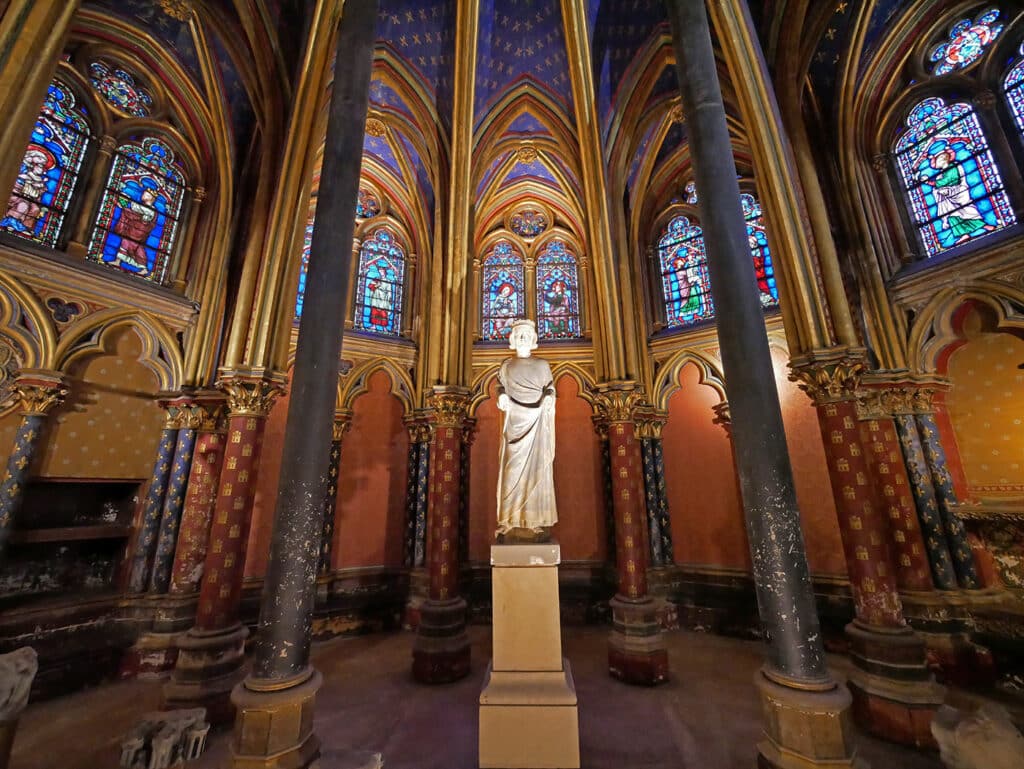
The high chapel
Unlike the lower chapel, the upper chapel is bathed in light. It was designed as a monumental reliquary where the walls do not exist, replaced by 15 stained glass windows over 15 metres high, made up of 1113 panels!
This bath of light and colour was designed to give the impression of accessing the Heavenly Jerusalem. Fourteen stained glass represent episodes taken from the Bible and can be read from left to right and from bottom to top. The last stained glass is dedicated to the history of the Passion relics (from their discovery by Saint Helena until their arrival in France) and is read in boustrophedon, that is to say from bottom to top, snaking from left to right and then from right to left. Finally, the impressive western rose illustrates the book of Saint John.
Conscious of the maintenance necessary for these stained glass windows, Saint Louis instituted as early as 1248 the office of master glassmaker whose role was to create or maintain them.
The history of the Sainte-Chapelle over the centuries
In 1358, the future Charles V witnessed the assassination of the advisers of his father, John II the Good. Having become king, he chose to leave the Palais de la Cité to go to better protected places: first to the Hotel Saint-Pol, then to the Louvre and Vincennes. The Palais de la Cité remained the seat of the Parliament, the Chancellery, the Audit Office and the Royal Administration. Over the centuries, only the judicial function and the prison of the Conciergerie remained.
As for the Sainte-Chapelle, its life has been eventful: damaged by fires in 1630 and 1776, then during the Revolution when it was used as a storage place for the archives of the Palace of Justice, it was almost destroyed. Finally saved in 1836 thanks to the pressure of public opinion, it was the subject of a vast restoration project between 1840 and 1863, which sought to restore it to its 13th century appearance.
The stained glass windows also suffered greatly. Twice removed during the wars of the twentieth century, they have also suffered from pollution outside and condensation inside, generated by the breathing of the million visitors who come to admire them every year. Fortunately, a vast restoration campaign begun in 2008 and completed in 2015 has restored them to their former glory while protecting them for years to come.
Some of the relics will be scattered by successive rulers, who will take parcels of them as diplomatic gifts to bishops or communities. During the Revolution, the great shrine was melted down to recover the precious metals, but the relics were nevertheless preserved. The Sainte-Couronne is kept in the treasury of Notre-Dame de Paris (which fortunately was saved from the fire); other relics are entrusted to the BnF and some reliquaries to the Louvre and the museum of Cluny.
Today, the Sainte-Chapelle is open to visitors and administered by the Centre des Monuments Nationaux.
Useful information
Access:
Sainte-Chapelle
10, boulevard du Palais
75001 Paris
Opening hours:
Daily, 9 a.m. to 5 p.m.
Until 7 p.m. from April 1 to September 30
Website:
http://www.sainte-chapelle.fr/en/
Prices:
11,5 €
Free admission for less than 18 (with their family) ; 18-25 from the European Union or with a European visa



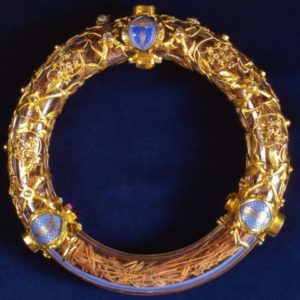
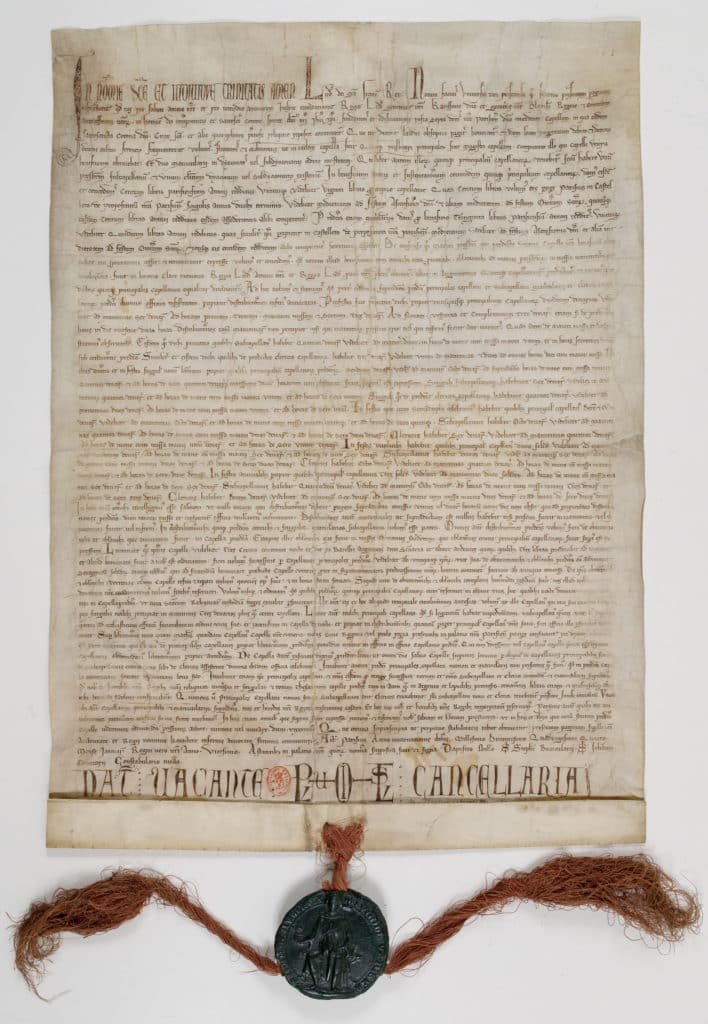
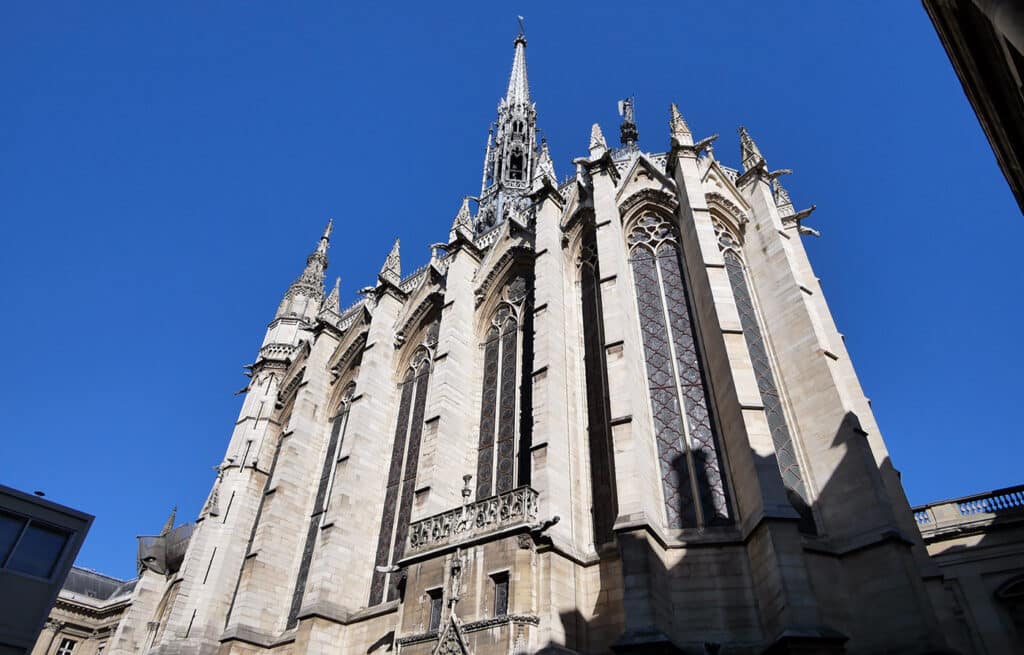
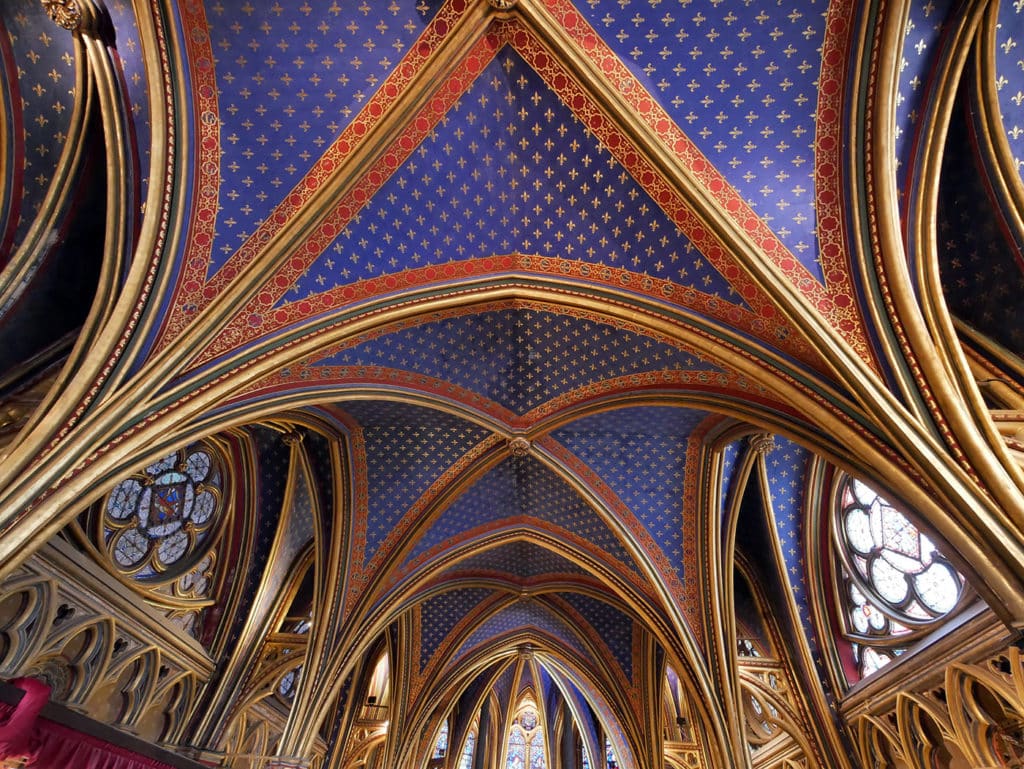
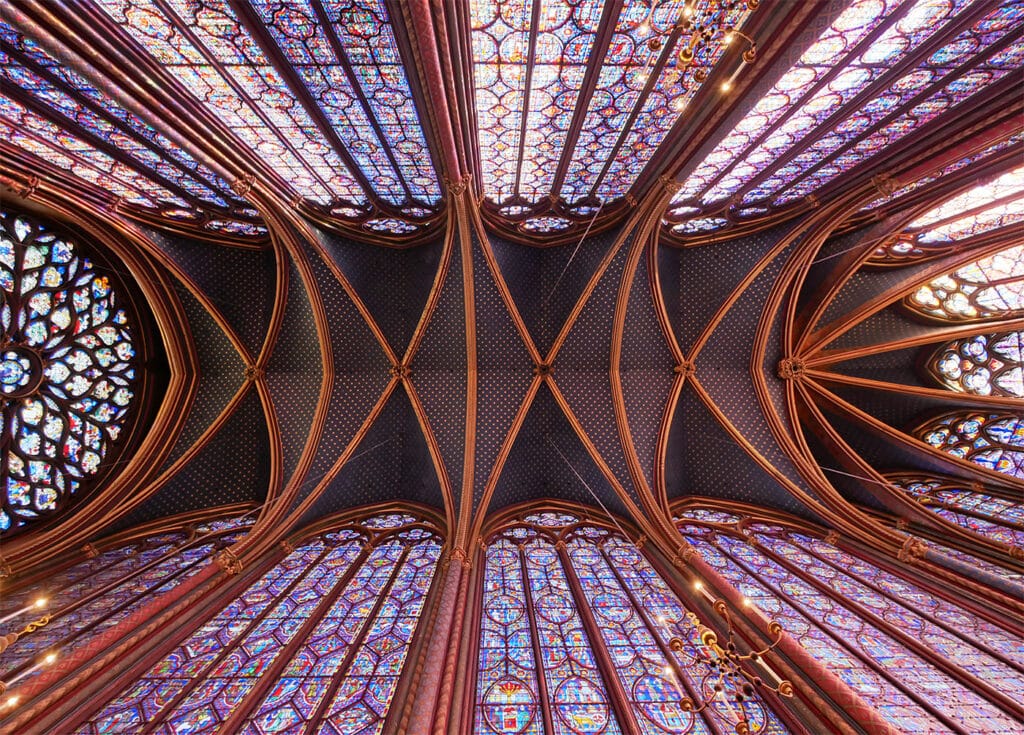
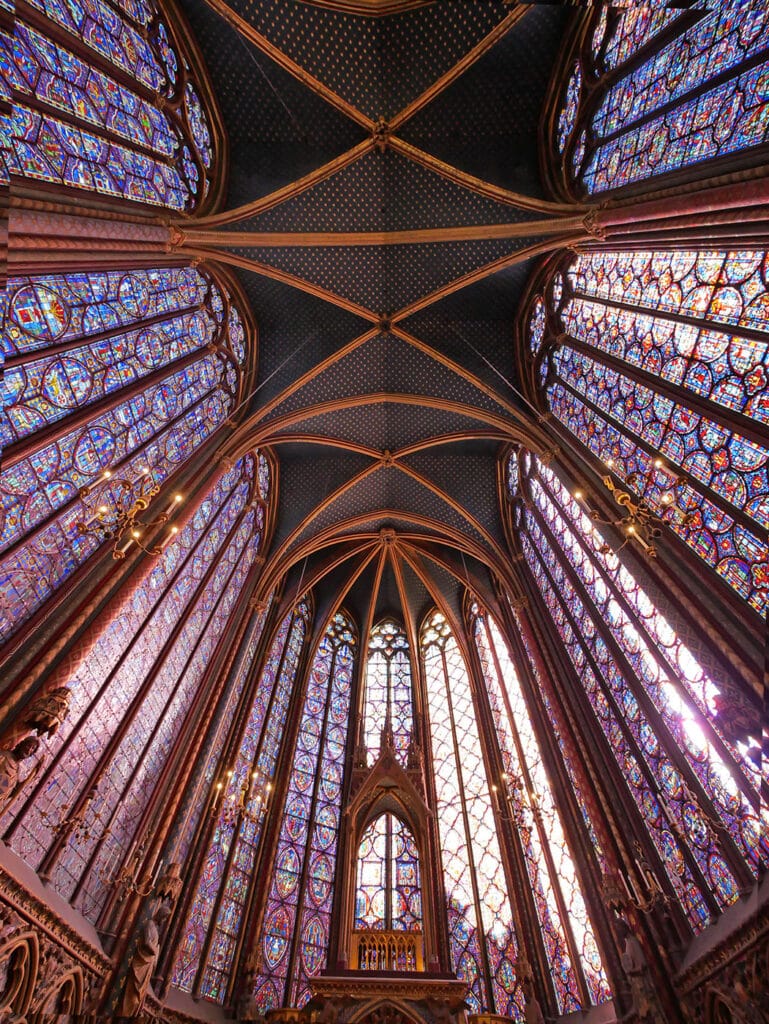
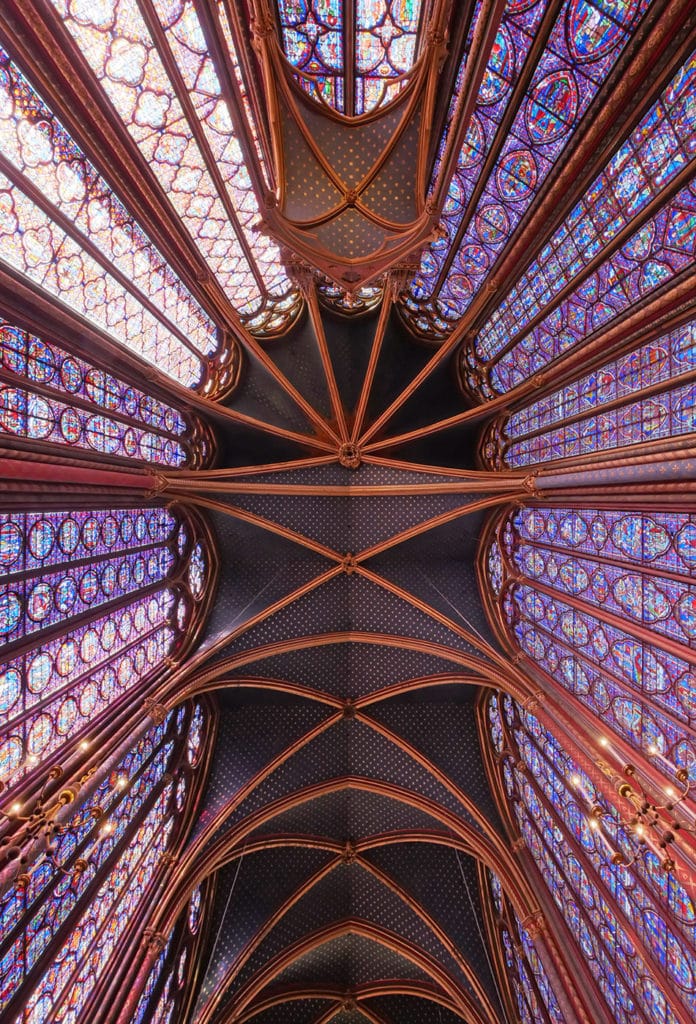
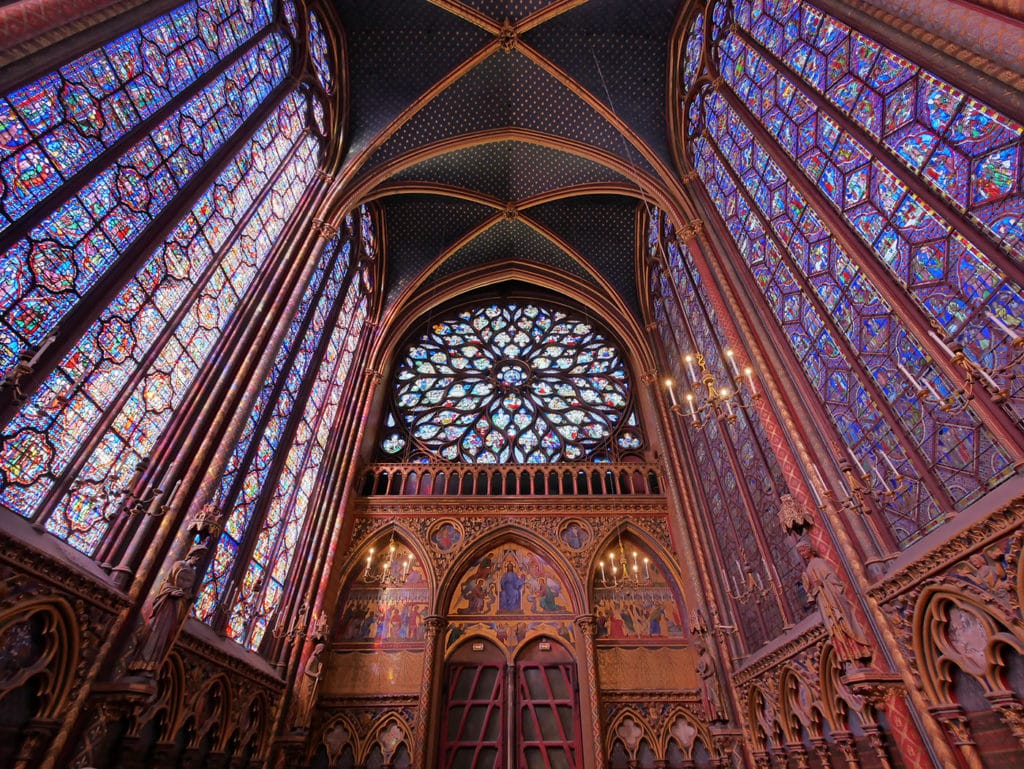


No Comments
Leave a comment Cancel